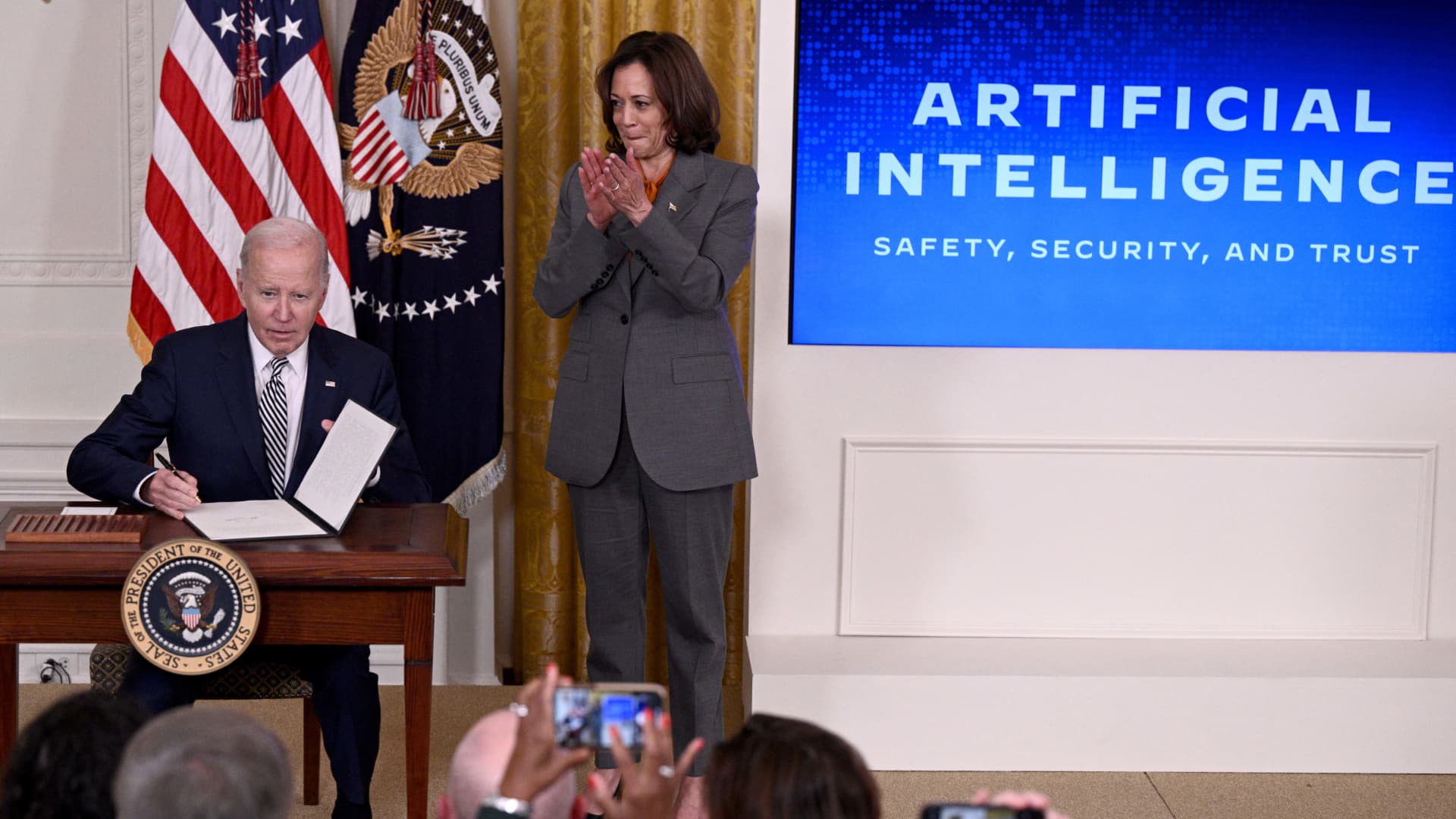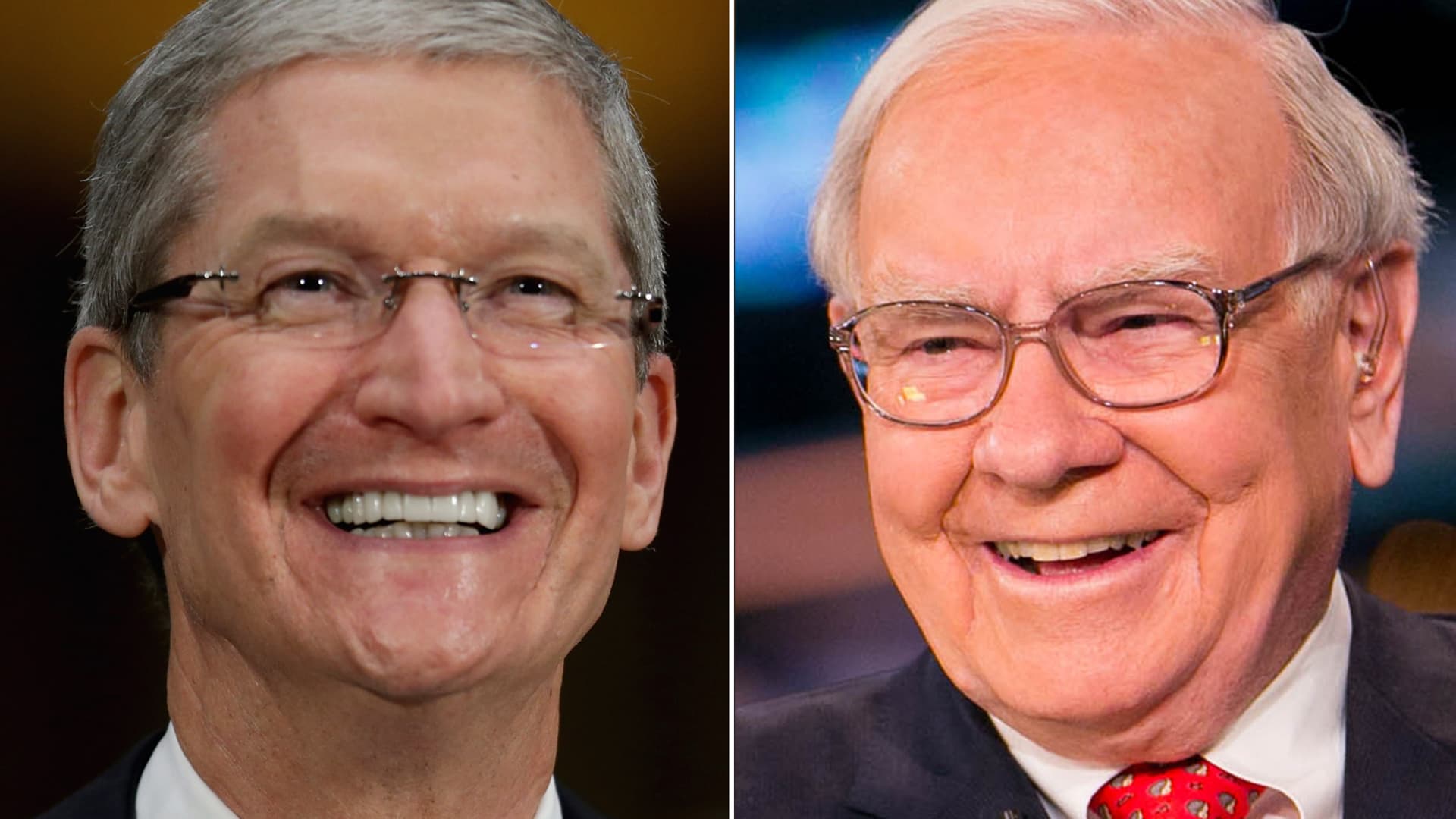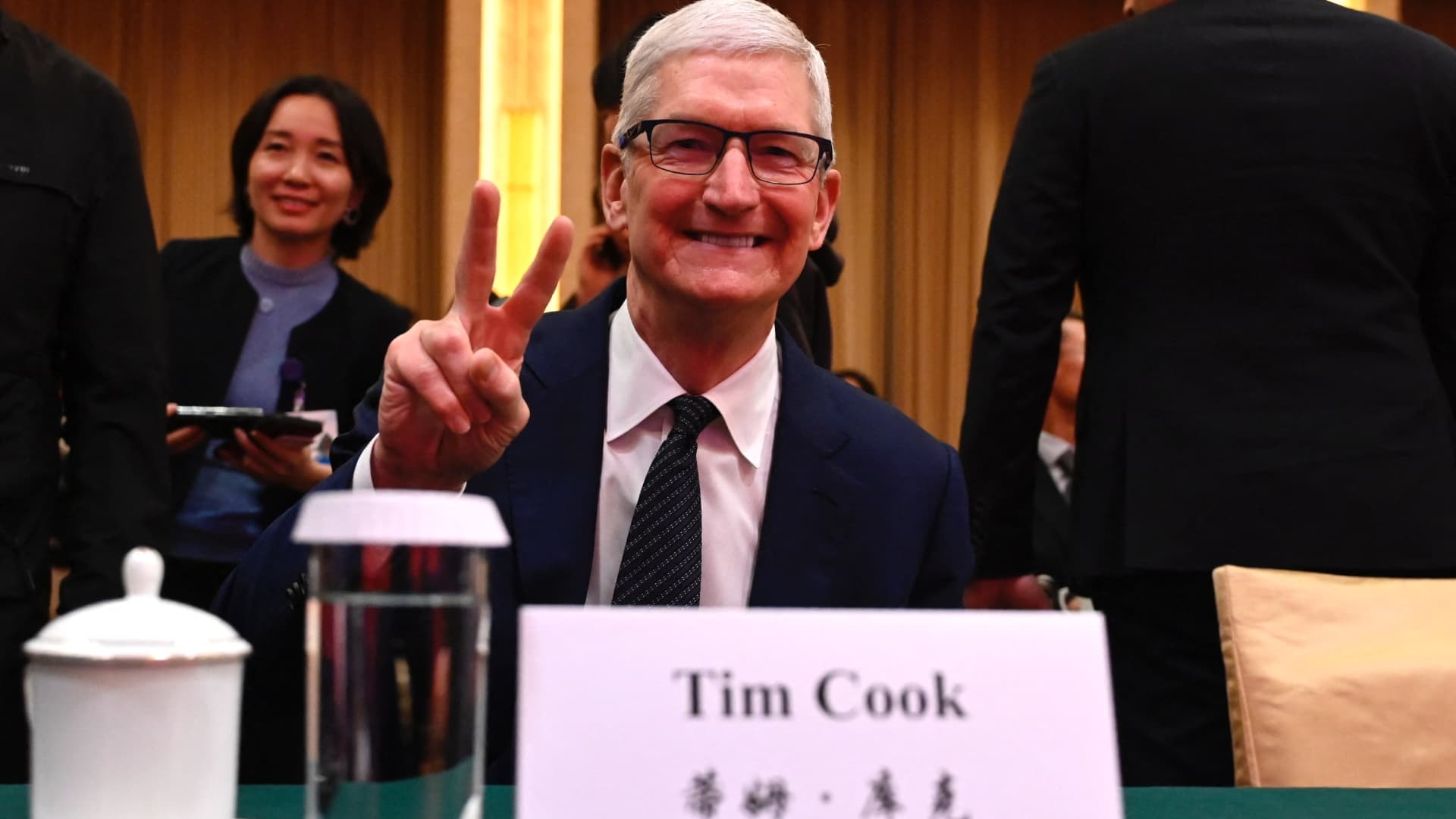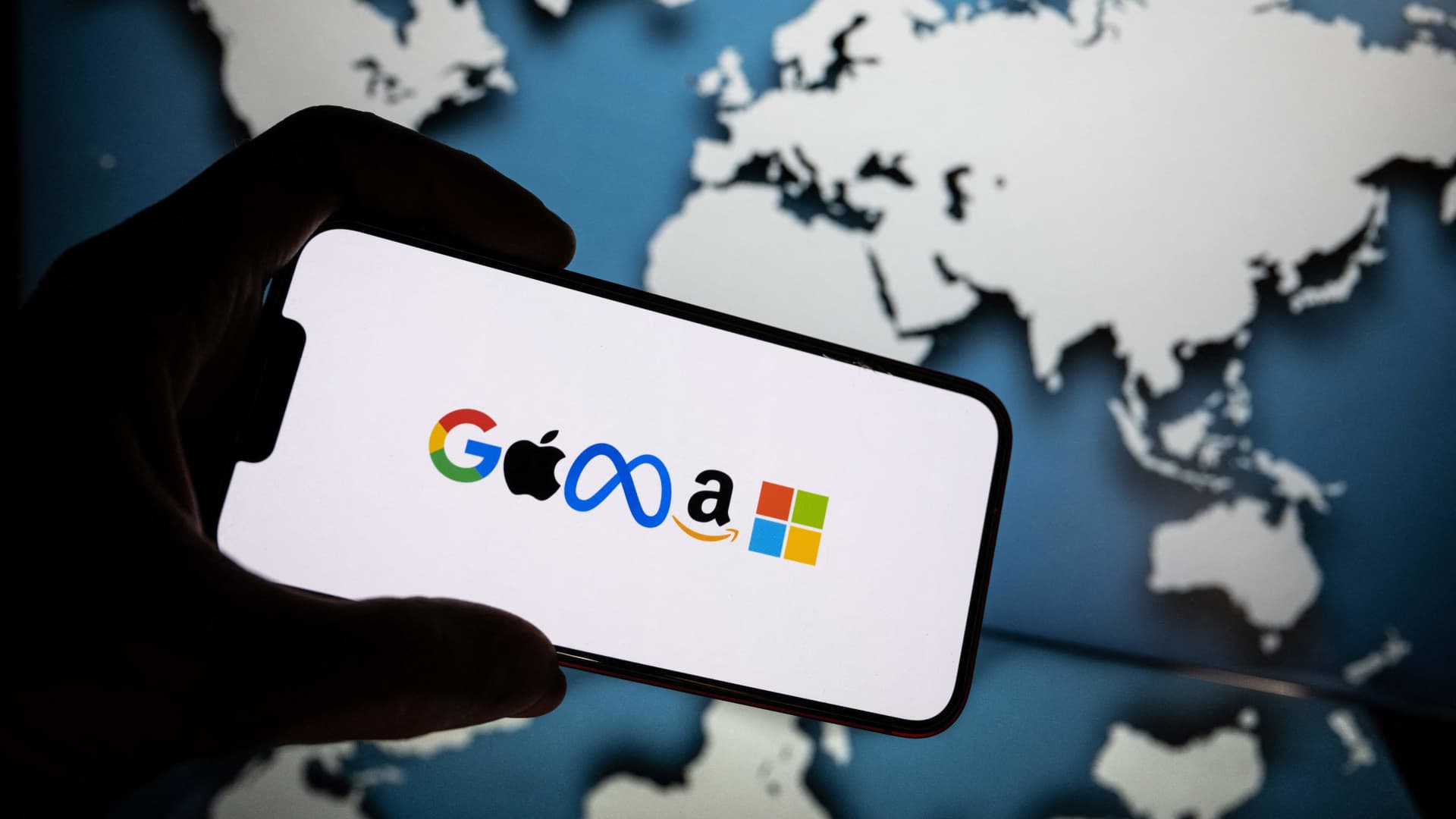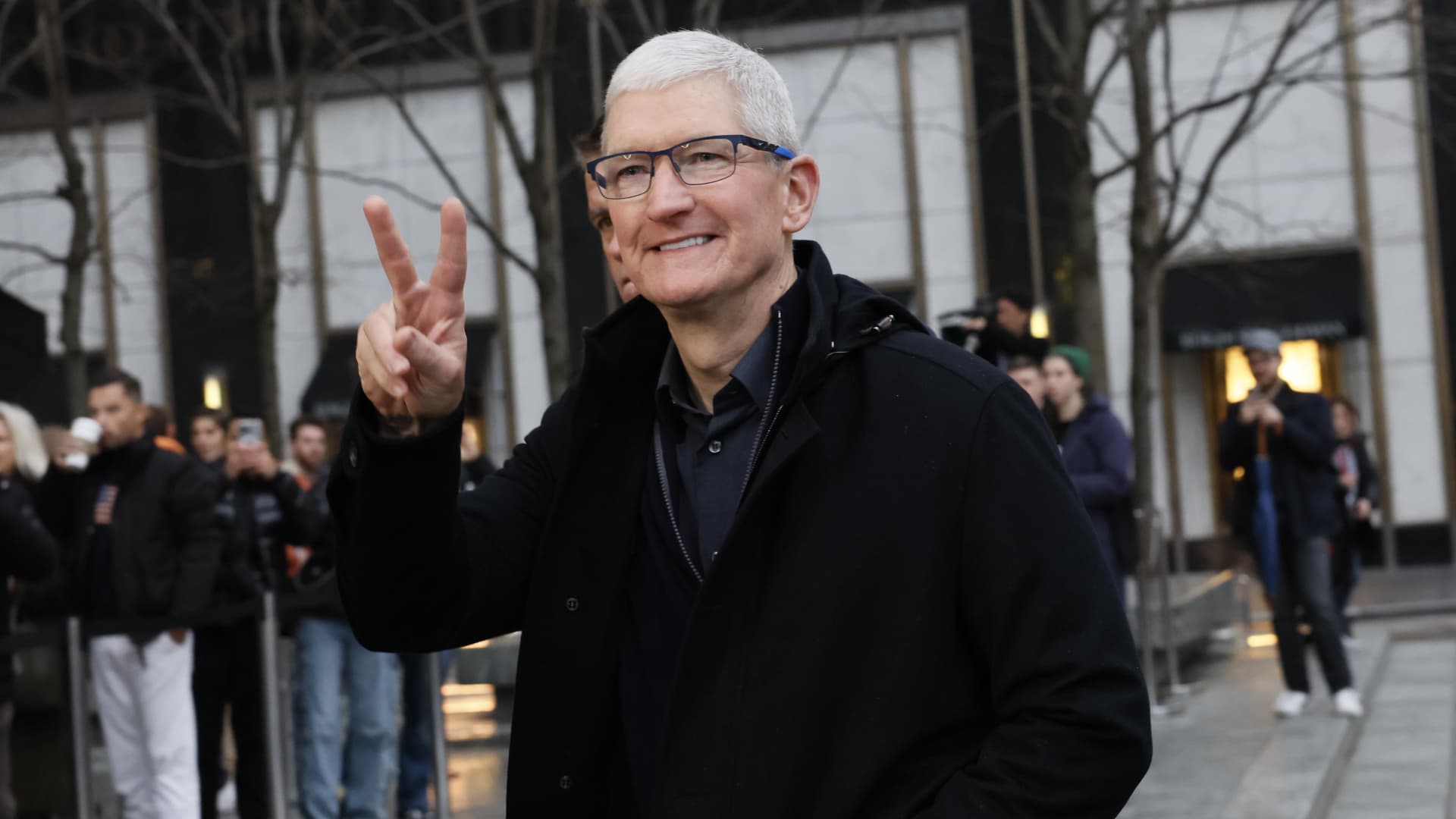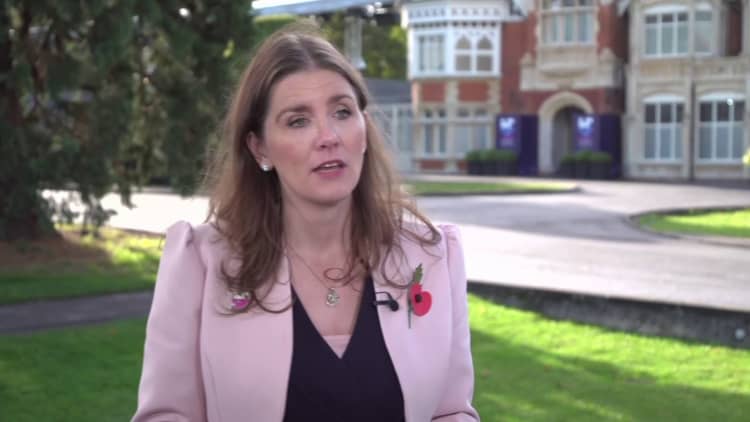
US Vice President Kamala Harris applauds as US President Joe Biden signs an executive order after delivering remarks on advancing the safe, secure, and trustworthy development and use of artificial intelligence, in the East Room of the White House in Washington, DC, on October 30, 2023.
Brendan Smialowski | AFP | Getty Images
After the Biden administration unveiled the first-ever executive order on artificial intelligence on Monday, a frenzy of lawmakers, industry groups, civil rights organizations, labor unions and others began digging into the 111-page document — making note of the priorities, specific deadlines and, in their eyes, the wide-ranging implications of the landmark action.
One core debate centers on a question of AI fairness. Many civil society leaders told CNBC the order does not go far enough to recognize and address real-world harms that stem from AI models — especially those affecting marginalized communities. But they say it’s a meaningful step along the path.
Many civil society and several tech industry groups praised the executive order’s roots — the White House’s blueprint for an AI bill of rights, released last October — but called on Congress to pass laws codifying protections, and to better account for training and developing models that prioritize AI fairness instead of addressing those harms after-the-fact.
“This executive order is a real step forward, but we must not allow it to be the only step,” Maya Wiley, president and CEO of The Leadership Conference on Civil and Human Rights, said in a statement. “We still need Congress to consider legislation that will regulate AI and ensure that innovation makes us more fair, just, and prosperous, rather than surveilled, silenced, and stereotyped.”
U.S. President Joe Biden and Vice President Kamala Harris arrive for an event about their administration’s approach to artificial intelligence in the East Room of the White House on October 30, 2023 in Washington, DC.
Chip Somodevilla | Getty Images
Cody Venzke, senior policy counsel at the American Civil Liberties Union, believes the executive order is an “important next step in centering equity, civil rights and civil liberties in our national AI policy” — but that the ACLU has “deep concerns” about the executive order’s sections on national security and law enforcement.
In particular, the ACLU is concerned about the executive order’s push to “identify areas where AI can enhance law enforcement efficiency and accuracy,” as is stated in the text.
“One of the thrusts of the executive order is definitely that ‘AI can improve governmental administration, make our lives better and we don’t want to stand in way of innovation,'” Venzke told CNBC.
“Some of that stands at risk to lose a fundamental question, which is, ‘Should we be deploying artificial intelligence or algorithmic systems for a particular governmental service at all?’ And if we do, it really needs to be preceded by robust audits for discrimination and to ensure that the algorithm is safe and effective, that it accomplishes what it’s meant to do.”
Margaret Mitchell, researcher and chief ethics scientist of AI startup Hugging Face said she agreed with the values the executive order puts forth — privacy, safety, security, trust, equity and justice — but is concerned about the lack of focus on ways to train and develop models to minimize future harms, before an AI system is deployed.
“There was a call for an overall focus on applying red-teaming, but not other more critical approaches to evaluation,” Mitchell said.
“‘Red-teaming’ is a post-hoc, hindsight approach to evaluation that works a bit like whack-a-mole: Now that the model is finished training, what can you think of that might be a problem? See if it’s a problem and fix it if so.”
Mitchell wished she had seen “foresight” approaches highlighted in the executive order, such as disaggregated evaluation approaches, which can analyze a model as data is scaled up.
Dr. Joy Buolamwini, founder and president of the Algorithmic Justice League, said Tuesday at an event in New York that she felt the executive order fell short in terms of the notion of redress, or penalties when AI systems harm marginalized or vulnerable communities.
Even experts who praised the executive order’s scope believe the work will be incomplete without action from Congress.
“The President is trying to extract extra mileage from the laws that he has,” said Divyansh Kaushik, associate director for emerging technologies and national security at the Federation of American Scientists.
For example, it seeks to work within existing immigration law to make it easier to retain high-skilled AI workers in the U.S. But immigration law has not been updated in decades, said Kaushik, who was involved in collaborative efforts with the administration in crafting elements of the order.
It falls on Congress, he added, to increase the number of employment-based green cards awarded each year and avoid losing talent to other countries.
Industry worries about stifling innovation
On the other side, industry leaders expressed wariness or even stronger feelings that the order had gone too far and would stifle innovation in a nascent sector.
Andrew Ng, longtime AI leader and cofounder of Google Brain and Coursera, told CNBC he is “quite concerned about the reporting requirements for models over a certain size,” adding that he is “very worried about overhyped dangers of AI leading to reporting and licensing requirements that crush open source and stifle innovation.”
In Ng’s view, thoughtful AI regulation can help advance the field, but over-regulation of aspects of the technology, such as AI model size, could hurt the open-source community, which would in turn likely benefit tech giants.
Vice President Kamala Harris and US President Joe Biden depart after delivering remarks on advancing the safe, secure, and trustworthy development and use of artificial intelligence, in the East Room of the White House in Washington, DC, on October 30, 2023.
Chip Somodevilla | Getty Images
Nathan Benaich, founder and general partner of Air Street Capital, also had concerns about the reporting requirements for large AI models, telling CNBC that the compute threshold and stipulations mentioned in the order are a “flawed and potentially distorting measure.”
“It tells us little about safety and risks discouraging emerging players from building large models, while entrenching the power of incumbents,” Benaich told CNBC.
NetChoice’s Vice President and General Counsel Carl Szabo was even more blunt.
“Broad regulatory measures in Biden’s AI red tape wishlist will result in stifling new companies and competitors from entering the marketplace and significantly expanding the power of the federal government over American innovation,” said Szabo, whose group counts Amazon, Google, Meta and TikTok among its members. “Thus, this order puts any investment in AI at risk of being shut down at the whims of government bureaucrats.”
But Reggie Townsend, a member of the National Artificial Intelligence Advisory Committee (NAIAC), which advises President Biden, told CNBC that he feels the order doesn’t stifle innovation.
“If anything, I see it as an opportunity to create more innovation with a set of expectations in mind,” said Townsend.
David Polgar, founder of the nonprofit All Tech Is Human and a member of TikTok’s content advisory council, had similar takeaways: In part, he said, it’s about speeding up responsible AI work instead of slowing technology down.
“What a lot of the community is arguing for — and what I take away from this executive order — is that there’s a third option,” Polgar told CNBC. “It’s not about either slowing down innovation or letting it be unencumbered and potentially risky.”
WATCH: We have to try to engage China in AI safety conversation, UK tech minister says

